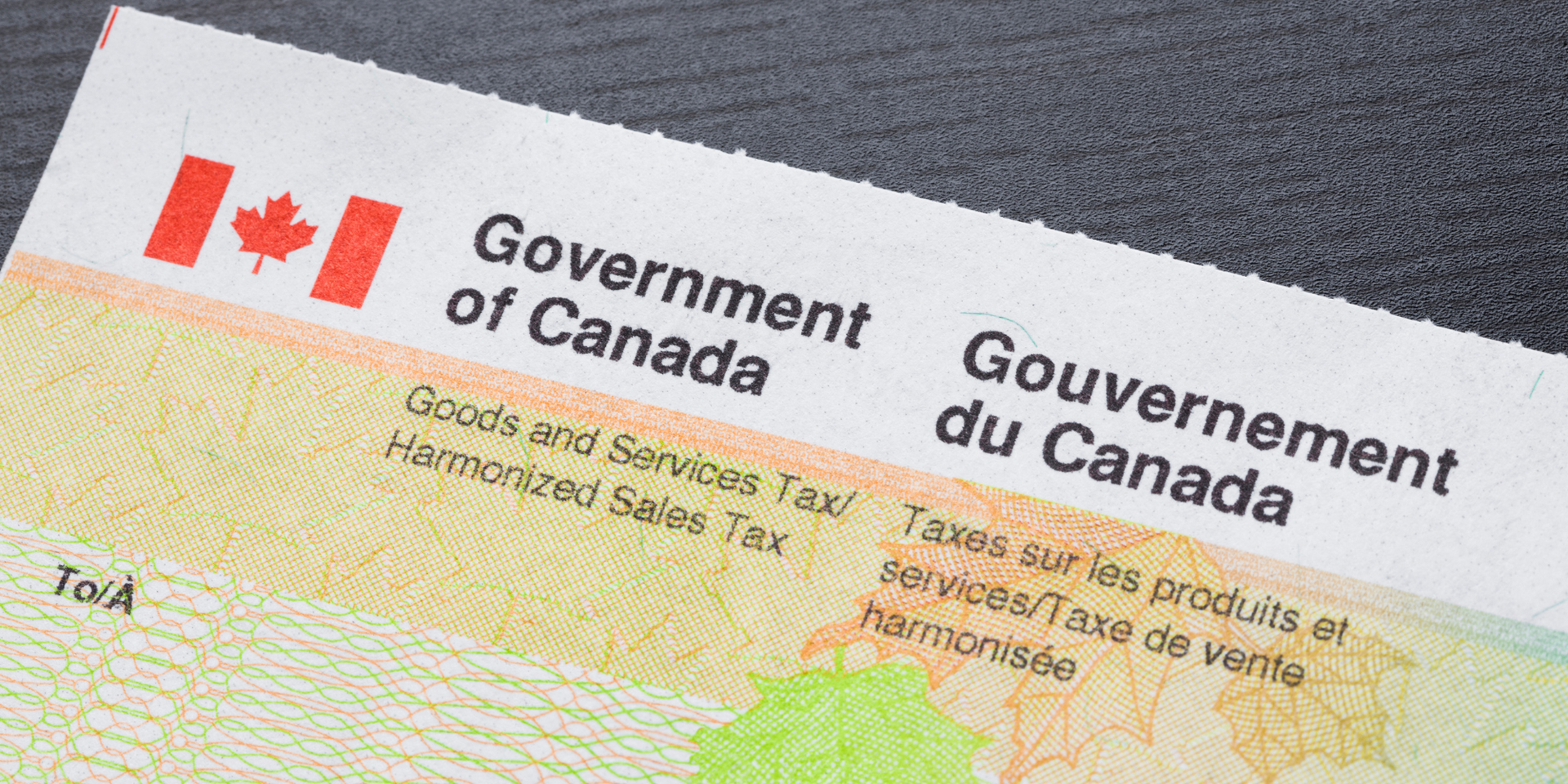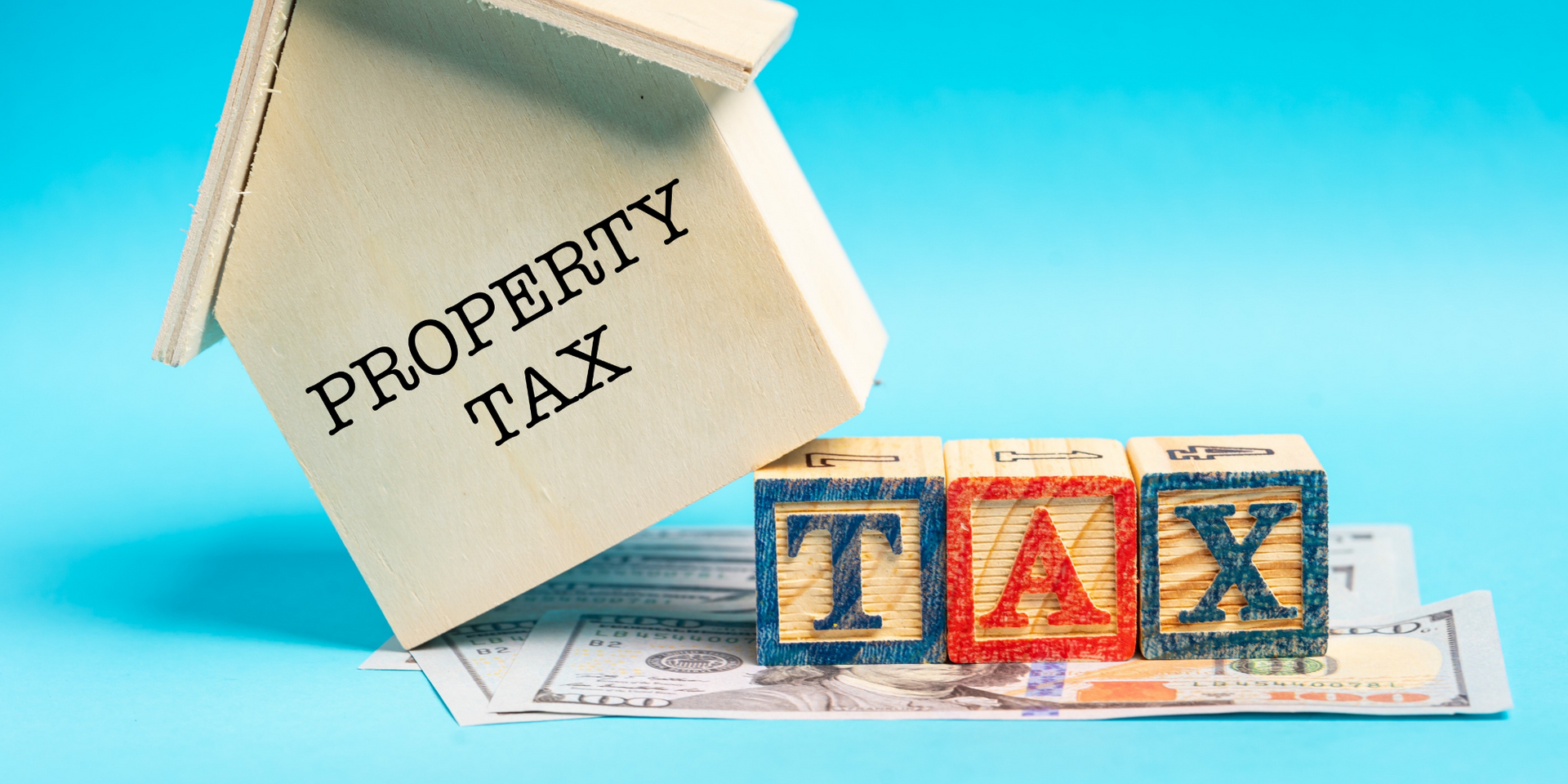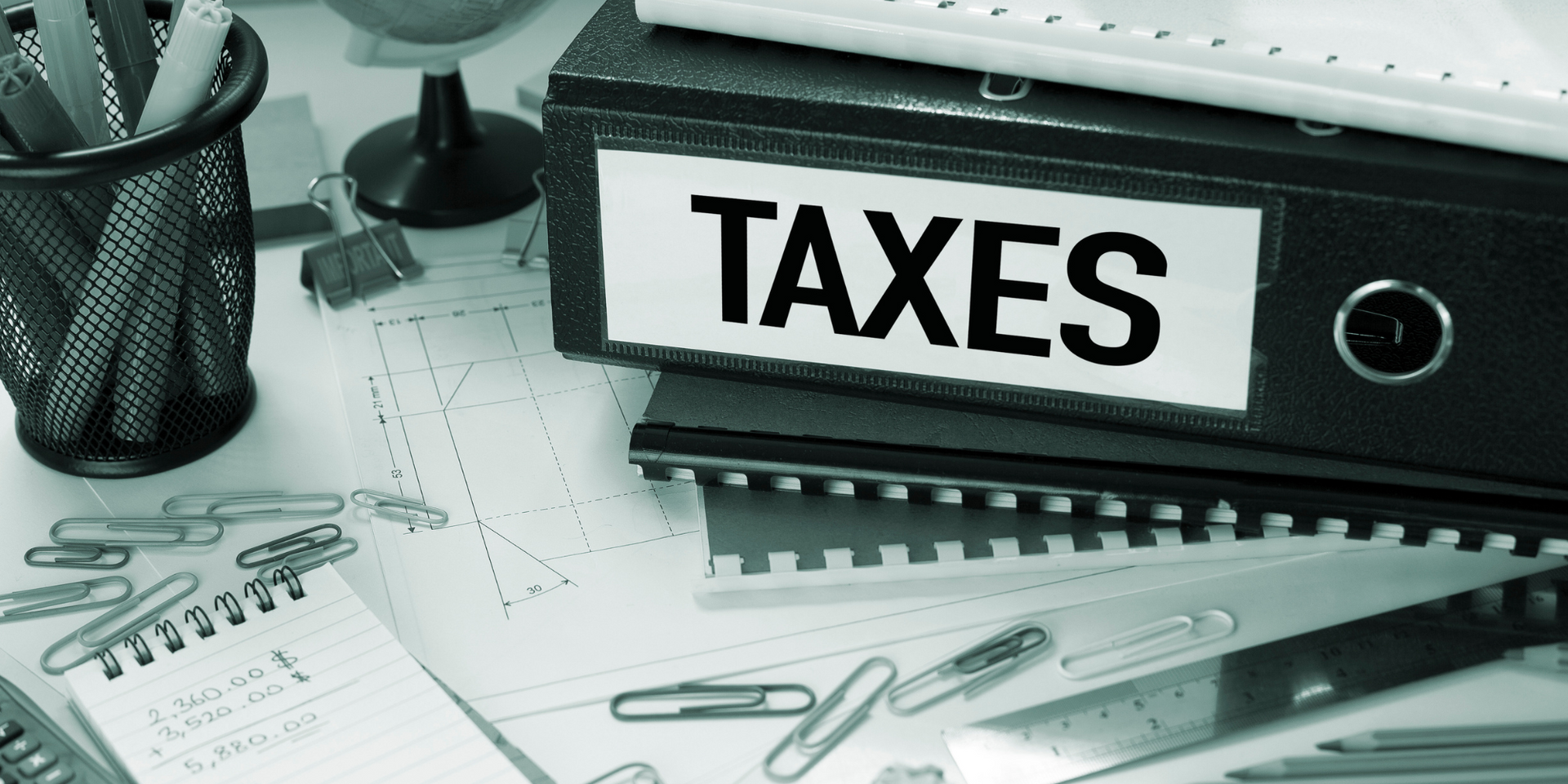For Canadian Small Business Only
Divorce and Taxes: How Separation Affects Your Tax Situation
Divorce and Taxes: Navigating Your Finances After Separation
When dealing with the emotional and financial stress of a divorce, taxes may be the last thing on your mind. However, understanding the tax implications of a divorce is crucial to avoid surprises when you file your taxes.
To help you stay informed and avoid a tax shock from the Canada Revenue Agency (CRA), here are answers to common questions about filing taxes after a divorce.

Why Does the CRA Need to Know About My Divorce?
A divorce can impact your tax situation, changing the amount of taxes you owe and the benefits you qualify for based on your updated family income and dependents. Notifying the CRA about your separation ensures that your benefit payments—such as the GST/HST credit and Canada Pension Plan (CPP) credits—are accurately adjusted.
When Should I Notify the CRA About My Divorce?
The CRA considers you legally separated once you’ve been living apart for 90 consecutive days. After those 90 days, you can update your marital status with the CRA. If you're officially divorced, you should notify the CRA by the end of the month following your change in marital status. For instance, if you divorced in March, inform the CRA by the end of April.
You can notify the CRA through My Account, by calling 1-800-387-1193, or by mailing the Marital Status Change form. Be sure to update your banking details if you receive benefits via direct deposit to avoid payments going to the wrong account. (Quebec residents should also notify Revenue Québec.)
What if I Have Children?
If you have children, your tax return will change after a divorce. For example, if you have children under 18, the Canada Child Benefit (CCB) will be recalculated based on your new family income, and you may be able to claim dependents.
Remember that childcare expense deductions still apply, but the maximum credit limits remain the same regardless of who pays. If both you and your ex pay for childcare, ensure that the combined amount claimed does not exceed the allowable limit. For instance, the maximum deduction for a 10-year-old is $5,000, so if you and your ex each paid $3,000, only $5,000 can be claimed between the two of you. Use Form T778 to claim childcare expenses.
Are Support Payments Tax Deductible?
Support payments, including spousal support and child support, are often part of divorce settlements. Child support payments are generally non-taxable, while spousal support payments are tax-deductible for the payer and taxable for the recipient.
What Happens to Our Shared Assets?
Dividing assets during a divorce can be emotionally and financially complex. Here are a few common assets to consider and how they’re treated tax-wise:
Registered Retirement Savings Plan (RRSP)
Avoid cashing out your RRSP during a divorce, as it triggers a withholding tax of up to 30%. Instead, use the tax-free transfer rule to transfer RRSP assets between spouses in a divorce. The same applies to spousal RRSPs, Tax-Free Savings Accounts (TFSAs), and Registered Retirement Income Funds (RRIFs).
Capital Assets
Non-registered investments, second homes, or rental properties can be transferred on a tax-deferred basis between spouses during a divorce. This means no immediate tax implications arise until the asset is sold, at which point the capital gains tax will apply to the new owner.
The Family Home
Dividing the family home can be one of the most emotional and financially significant decisions. Options include one spouse buying out the other or selling the home entirely. Other creative solutions, like turning the home into a rental property or converting it into a duplex, could also be considered. Each option has its own tax and financial implications, so it’s essential to seek professional advice before making any decisions.
Quebec residents should consult the Revenue Québec website for province-specific tax rules on dividing assets.
Looking Ahead
Divorce is a challenging time, but you don’t have to navigate it alone. Each province offers resources and organizations to help you and your family through the process. Consulting a tax professional can also ensure that you make informed financial decisions and avoid costly tax mistakes as you move forward.
Key Takeaways
- The CRA considers you legally separated once you’ve been living apart for at least 90 days.
- Notify the CRA of your separation to ensure your credit and benefit payments are adjusted according to your new household income.
- Spousal support payments are taxable for the recipient and tax-deductible for the payer.










Bring your books up to date
CONTACT US TODAY
Contact Number

